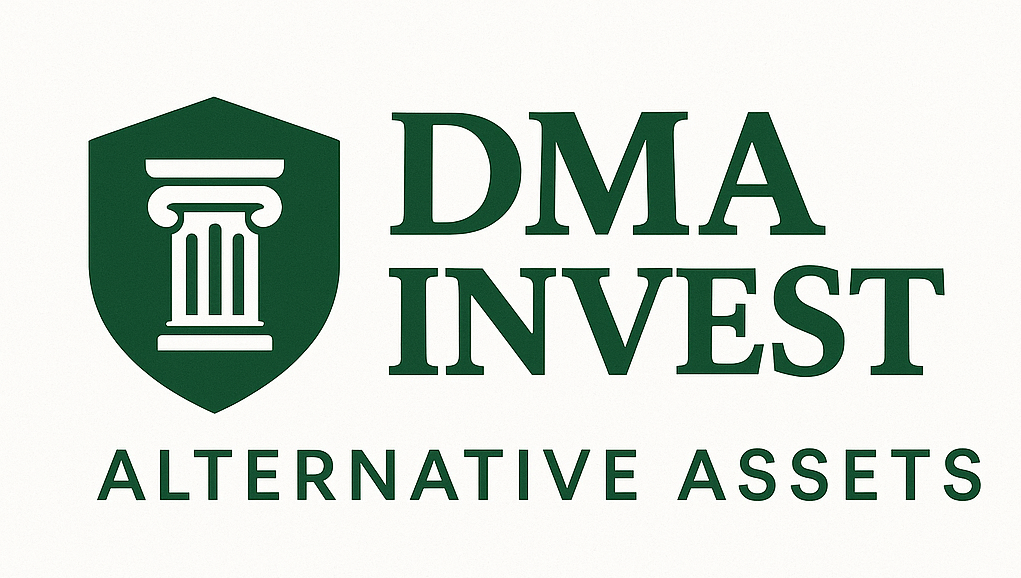Distressed Debt: Acquisition of NPL at discount price from Banks
Globally, the acquisition of NPLs from banks remains a vital and active distressed debt strategy, driven by economic cycles

Global Market Trends (2019-2024):
The acquisition of Non-Performing Loans (NPLs) from banks and financial institutions remains a core distressed debt strategy, evolving significantly in response to global economic shifts:
Post-Pandemic Surge & Rate-Driven Expansion: The COVID-19 pandemic initially triggered regulatory forbearance, temporarily suppressing NPL ratios. However, the subsequent rapid interest rate hikes (2022-2023) exposed underlying vulnerabilities, particularly in floating-rate debt and overleveraged sectors. Global NPL volumes surged, with Preqin estimating dedicated distressed debt AUM (heavily focused on NPLs) reaching $170bn+ in 2023, up from ~$115bn in 2019 (~48% cumulative growth, 5yr CAGR ~8.2%).
Regulatory Tailwinds & Bank Cleanup: Continued pressure from regulators (e.g., ECB, EBA) for banks to clean up balance sheets has driven NPL sales, particularly in Europe. The EU NPL ratio fell from a peak of 5% (2018) to ~1.8% (ECB, 2023) partly due to active portfolio sales. Year-over-year transaction volumes fluctuate based on stress events (e.g., +25-40% spikes in regions hit hardest by energy crises or rate hikes).
Sector Concentration: NPL generation is heavily concentrated:
The Russian NPL Market (Post-2022):
Russia's NPL market has been fundamentally transformed by sanctions, creating a distorted and isolated landscape:
Sanctions-Induced Paralysis: This is the overriding factor:
Globally, the acquisition of NPLs from banks remains a vital and active distressed debt strategy, driven by economic cycles, regulatory pressures, and the need for bank balance sheet cleanup. Specialized investors deploy sophisticated strategies to unlock value from discounted portfolios. In stark contrast, the Russian NPL market, is effectively frozen for conventional international investment and severely distorted domestically. While deep discounts exist theoretically, the extreme risks associated with enforcement, and lack of viable exit strategies render the market largely inaccessible and unattractive to credible distressed debt investors.
The acquisition of Non-Performing Loans (NPLs) from banks and financial institutions remains a core distressed debt strategy, evolving significantly in response to global economic shifts:
Post-Pandemic Surge & Rate-Driven Expansion: The COVID-19 pandemic initially triggered regulatory forbearance, temporarily suppressing NPL ratios. However, the subsequent rapid interest rate hikes (2022-2023) exposed underlying vulnerabilities, particularly in floating-rate debt and overleveraged sectors. Global NPL volumes surged, with Preqin estimating dedicated distressed debt AUM (heavily focused on NPLs) reaching $170bn+ in 2023, up from ~$115bn in 2019 (~48% cumulative growth, 5yr CAGR ~8.2%).
Regulatory Tailwinds & Bank Cleanup: Continued pressure from regulators (e.g., ECB, EBA) for banks to clean up balance sheets has driven NPL sales, particularly in Europe. The EU NPL ratio fell from a peak of 5% (2018) to ~1.8% (ECB, 2023) partly due to active portfolio sales. Year-over-year transaction volumes fluctuate based on stress events (e.g., +25-40% spikes in regions hit hardest by energy crises or rate hikes).
Sector Concentration: NPL generation is heavily concentrated:
- Commercial Real Estate (CRE): Refinancing challenges post-rate hikes have significantly increased CRE NPLs globally (e.g., US CRE delinquency rates rose ~35% YoY in 2024).
- Unsecured Consumer Debt: Rising inflation and rates strain household budgets, increasing credit card and personal loan delinquencies.
- SME Loans: Small businesses face margin pressure and higher borrowing costs.
- Portfolio Acquisitions: Bulk purchases of NPLs at deep discounts (often 30-70% of face value).
- Servicing Partnerships: Utilizing specialized loan servicers for collections and restructuring.
- Securitization: Packaging NPLs into tradable securities (NPL Securitization).
The Russian NPL Market (Post-2022):
Russia's NPL market has been fundamentally transformed by sanctions, creating a distorted and isolated landscape:
Sanctions-Induced Paralysis: This is the overriding factor:
- Exit of International Capital: Virtually all major Western NPL investors and servicers exited the market. Access to international capital for NPL purchases is nonexistent.
- Asset Freezes & Legal Uncertainty: Sanctions complicate the ownership, servicing, and enforcement of NPLs, especially those linked to foreign jurisdictions or sanctioned entities/individuals.
- Currency & Payment Issues: Restrictions on FX transactions and correspondent banking hinder cross-border NPL deals and collections.
- Central Bank & State Banks as Primary Players: The Central Bank of Russia (CBR) and state-owned banks (Sberbank, VTB, etc.) dominate the market. The CBR's "Bad Bank" (the Banking Sector Consolidation Fund) continues to absorb NPLs from troubled banks.
- Forbearance Measures: Regulatory forbearance has been repeatedly extended to avoid massive corporate defaults and bank collapses. This artificially suppresses reported NPL ratios but creates a growing overhang of "zombie" loans. Officially reported NPL ratios (CBR data: ~5.1% in Q1 2024) are widely considered understated.
- "Friendly" Capital Limitations: While some capital from CIS, Middle East, or Asia may be present, it lacks the scale, expertise, and risk appetite to make the difference in current NPLs market situation.
- Liquidity Crunch: The market for third-party NPL sales is extremely illiquid.
- Deep Discounts, Higher Risks: Discounts demanded by the few remaining buyers are steep (potentially 70-90%+), reflecting extreme recovery risk, legal hurdles, and lack of exit options.
- Data Opacity: Reliable, granular data on NPL volumes, transaction prices, and recovery rates is scarce and unreliable post-2022.
Globally, the acquisition of NPLs from banks remains a vital and active distressed debt strategy, driven by economic cycles, regulatory pressures, and the need for bank balance sheet cleanup. Specialized investors deploy sophisticated strategies to unlock value from discounted portfolios. In stark contrast, the Russian NPL market, is effectively frozen for conventional international investment and severely distorted domestically. While deep discounts exist theoretically, the extreme risks associated with enforcement, and lack of viable exit strategies render the market largely inaccessible and unattractive to credible distressed debt investors.
Ready to transform illiquid assets into strategic victories? DMA INVEST turns complexity into clarity—because alternative investing shouldn’t be a gamble.
Contact us today to unlock the full potential of your portfolio
Contact us today to unlock the full potential of your portfolio
Contacts
Tel: +79052255567
email: info@dma-invest.com
Address: St. Petersburg, 191123, Zakharyevskaya st., 25 letter A, premises. 21-n, office 508
email: info@dma-invest.com
Address: St. Petersburg, 191123, Zakharyevskaya st., 25 letter A, premises. 21-n, office 508
About the company
Services
Contacts
OOO "DMA INVEST"
St. Petersburg, 191123, Zakharyevskaya st., 25 letter A, premises. 21-n, office 508
Russian Federation
Tel: +79052255567
email: info@dma-invest.com
St. Petersburg, 191123, Zakharyevskaya st., 25 letter A, premises. 21-n, office 508
Russian Federation
Tel: +79052255567
email: info@dma-invest.com

